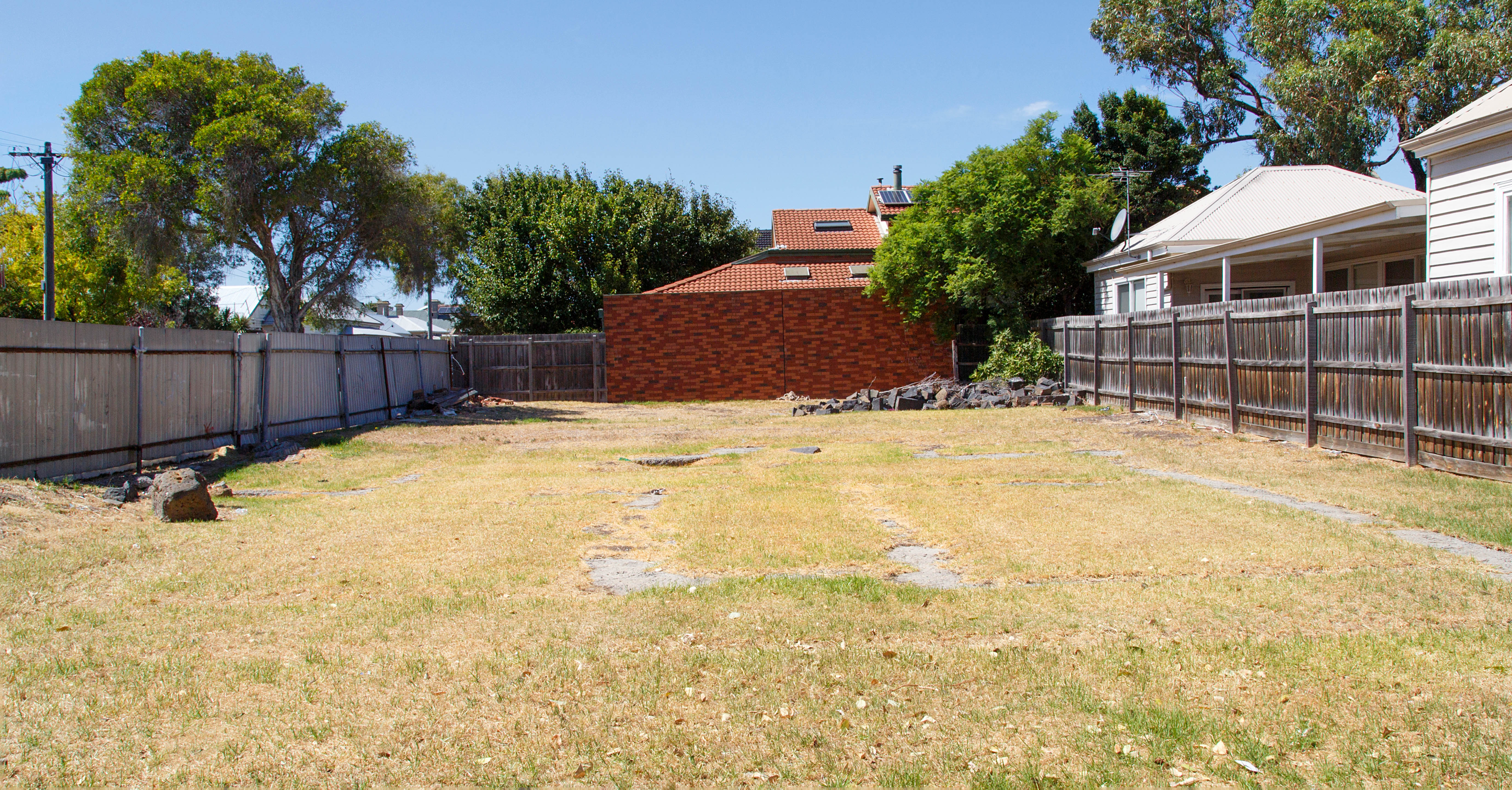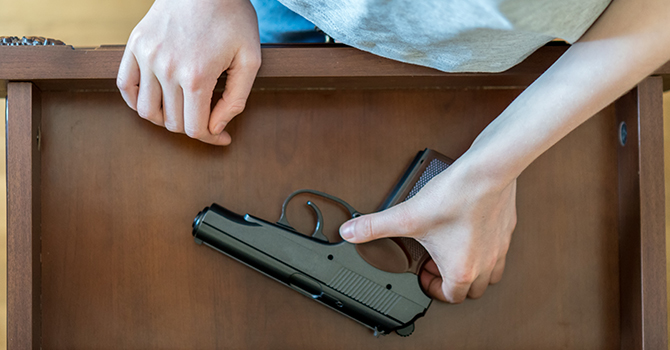
Vacant lot greening can reduce community crime, violence
New research from Michigan Public Health
A three-year study was conducted by researchers at the U-M Institute for Firearm Injury Prevention and the Michigan Youth Violence Prevention Center in Youngstown, Ohio, with the support from Centers for Disease Control and Prevention. These researchers studied the Busy Streets Theory and the greening hypothesis, which involves community engagement in vacant lots to help reduce crime and violence



